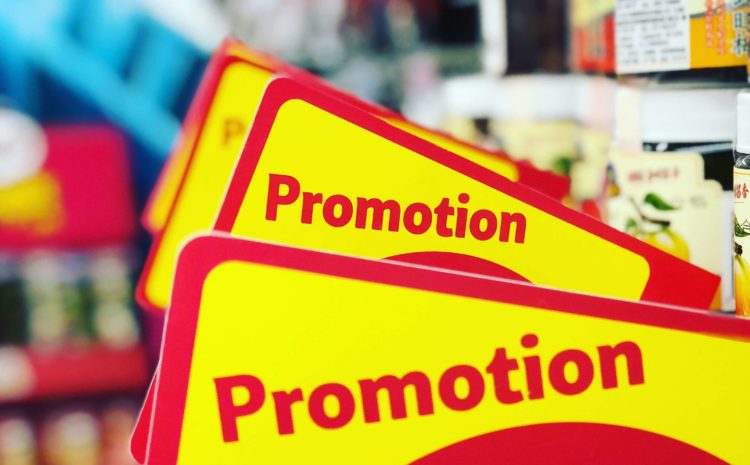Top 5 elements of promotion mix
Top 5 elements of promotion mix
1. Advertising:
- It is a paid form of communication.
- Identifiable entity/sponsor-company or person gives advertising.
- Various audio-visual, print, and outdoor media can be used for advertising purpose.
2. Sales Promotion:
- The primary purpose of sales promotion is to induce customers for immediate buying or dealer effectiveness or both.
- It is taken as supplementary to advertising and personal selling efforts.
- It involves all the promotional efforts other than advertising, personal selling, and publicity.
- It consists of short-term incentives, schemes, or plans offered to buyers, salesmen, and/ or dealers.
- It involves non-routine selling efforts.
3. Personal Selling:
- Personal selling is an oral, face-to-face, and personal presentation with consumers.
- Immediate feedback can be measured.
- It is an ability of salesmen to persuade or influence buyers.
- Per contact cost is higher than advertising.
- It involves teaching, educating, and assisting people to buy.
4. Publicity:
- Publicity involves obtaining favorable presentation about company or company’s offers upon radio, television, or stage that is not paid for by the sponsor.
- It is a non-paid form of market promotion. However, several indirect costs are involved in publicity.
- Mostly, publicity can be carried via newspapers, magazines, radio or television.
- Company has no control over publicity in terms of message, time, frequency, information, and medium.
- It has a high degree of credibility. Publicity message is more likely to be read and reacted by audience.
- Publicity can be done at a much lower cost than advertising. Company needs to spend a little amount to get the event or activity publicized.
- Frequency or repetition of publicity in mass media depends upon its social significance or the values for news. Mostly, it appears only once.
5. Public Relations:
- Public relations are a paid form of market promotion. Company has to incur expenses.
- It involves a number of interactions, such as contacting, inviting, informing, clarifying, responding, interpreting, dealing, transacting, and so forth.
- Public relations cover a number of publics – formal and informal groups. These publics may be customers, stockholders, employees, unions, environmentalists, the government, people of local community, or some other groups in society.





